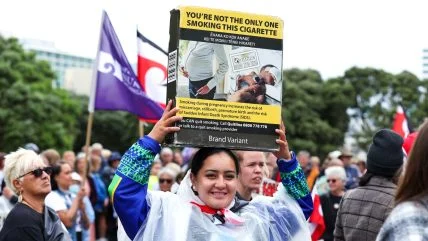The Significance of the Papal Office in the Catholic Church
The Pope is the supreme spiritual leader of the Roman Catholic Church and holds immense global influence, not just religiously but also socially and politically. The transition of papal authority is a process rooted in deep tradition, governed by both religious canon law and modern protocol.
🕊️ What Happens Immediately After the Pope Dies?
Upon the Pope’s death, the Camerlengo (Chamberlain of the Holy Roman Church) confirms the death and seals the papal apartments. The Pope’s Fisherman’s Ring, a symbol of his authority, is destroyed to prevent forgery. The Vatican enters a period called “Sede Vacante”, meaning “the seat being vacant,” during which all administrative decisions are put on hold except those deemed necessary.
🏛️ The Role of the College of Cardinals During This Time
During the Sede Vacante, the College of Cardinals takes over the governance of the Church. They organize the Pope’s funeral, which usually takes place 4-6 days after death, and prepare for the election of the new Pope. However, they cannot make doctrinal decisions or introduce major changes.
🗳️ How is the New Pope Elected?
The election process is called the Papal Conclave. It begins 15 to 20 days after the Pope’s death, allowing time for mourning and preparation. All cardinals under the age of 80 are eligible to vote. They gather in the Sistine Chapel and are sequestered from the outside world until a new Pope is elected by a two-thirds majority. The decision is announced to the public with the appearance of white smoke from the Sistine Chapel chimney.
👑 After the Election: The New Pope Takes Office
Once a Pope is chosen, he is asked, “Do you accept your canonical election as Supreme Pontiff?” Upon acceptance, he chooses a papal name, is dressed in papal vestments, and is introduced from the balcony of St. Peter’s Basilica with the announcement “Habemus Papam” (We have a Pope). He then delivers his first apostolic blessing.

📌 Why This News is Important
📖 Religious, Political, and International Relevance
For exam aspirants, especially those targeting UPSC, PSCs, and Defence Services, understanding the procedures of religious transitions like the Papal election is essential due to its global implications and historical roots.
🏛️ Institutional Structure Awareness
This topic provides insights into the governance structure of religious bodies, which can be tied into topics like International Institutions, World Religions, and Modern History, all relevant in competitive exams.
🌐 Understanding Global Cultural Protocols
The Papal transition is not just a religious event; it impacts global diplomacy and international relations. Knowledge of such ceremonial procedures aids aspirants in International Affairs and General Awareness sections of exams.
📜 Historical Context
📅 A Legacy Rooted in Centuries
The tradition of electing a Pope dates back to the 11th century. The use of the conclave was introduced in 1274 by Pope Gregory X to prevent long gaps between papacies. The destruction of the Fisherman’s Ring and the symbolism of smoke from the Sistine Chapel have developed over centuries to maintain sanctity and transparency in papal succession.
The most recent conclave occurred in 2013, when Pope Francis was elected following the resignation of Pope Benedict XVI, a rare occurrence in Church history.
📊 Key Takeaways from “Papal Succession and Election Process”
| S. No. | Key Takeaway |
|---|---|
| 1 | Upon the Pope’s death, the Vatican enters a period called “Sede Vacante.” |
| 2 | The College of Cardinals oversees the Church’s functioning during this period. |
| 3 | The Papal Conclave is conducted 15-20 days after the Pope’s death. |
| 4 | The new Pope is elected by a two-thirds majority in the Sistine Chapel. |
| 5 | The new Pope is introduced with the phrase “Habemus Papam” from St. Peter’s Basilica. |
FAQs: Frequently Asked Questions
1. What is the role of the Camerlengo after the Pope’s death?
The Camerlengo, or Chamberlain of the Holy Roman Church, is responsible for confirming the Pope’s death, ensuring that all duties related to the funeral are performed, and overseeing the administrative duties of the Vatican during the Sede Vacante period.
2. Why is the Fisherman’s Ring destroyed after the Pope’s death?
The Fisherman’s Ring symbolizes the Pope’s authority. Upon his death, it is destroyed to prevent any future forgeries and to signify the end of the Pope’s papacy.
3. How long does the Papal Conclave last?
The Papal Conclave lasts anywhere between 15 to 20 days after the Pope’s death. During this period, cardinals from all over the world gather to elect a new Pope.
4. What does “Habemus Papam” mean?
The phrase “Habemus Papam”, meaning “We have a Pope,” is announced when a new Pope is elected. This phrase marks the official declaration of the new Pope’s selection.
5. Which Pope resigned in 2013?
In 2013, Pope Benedict XVI resigned, making it a rare occurrence in Church history. He was succeeded by Pope Francis following a Papal Conclave.
Some Important Current Affairs Links

















